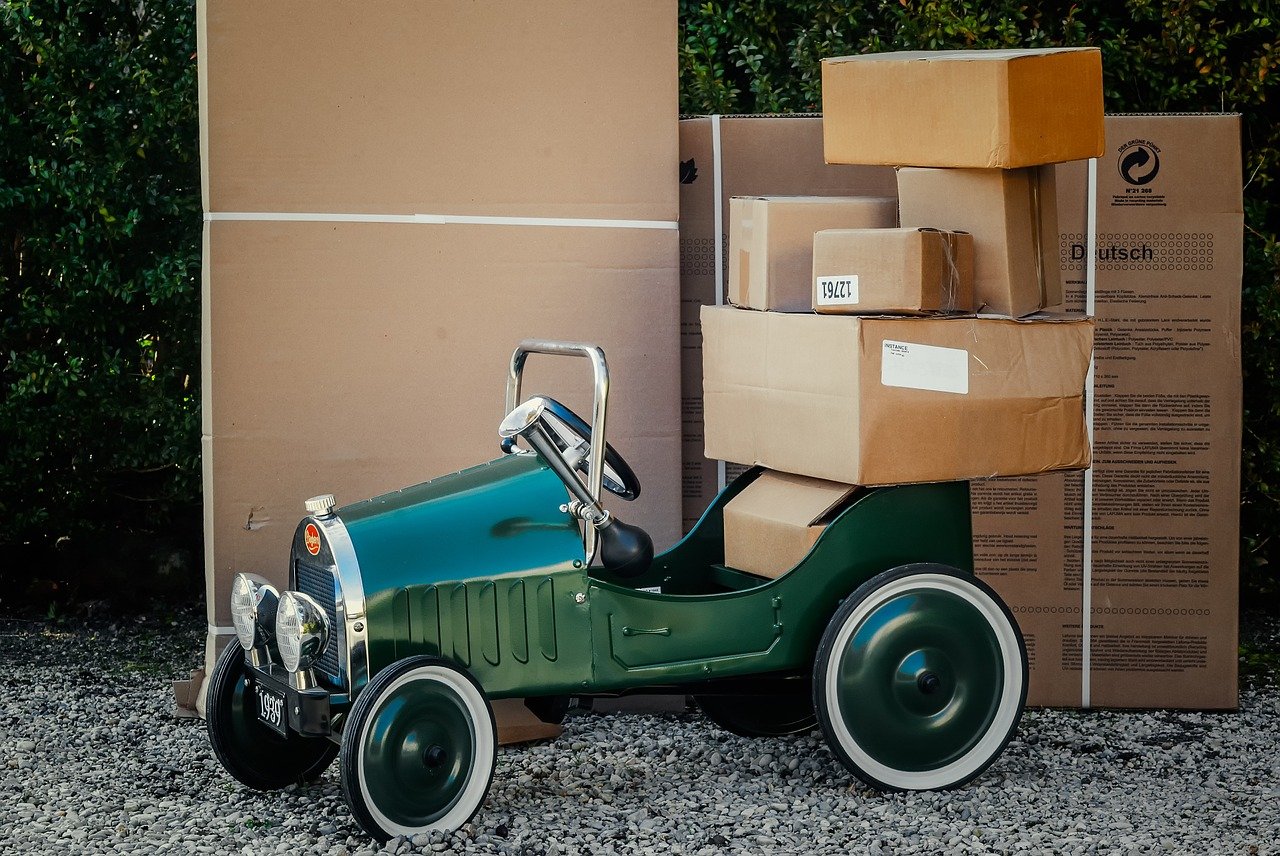
City: Paris
Audience: Large City
Topic: Urban freight logistics
Step in the SUMP cycle: Step 12: Review and learn lessons
More Information:
Eltis.org
Since 2007 Monoprix, a major French retailer, has reduced its reliance on lorry deliveries and has been dispatching goods to its stores in Paris using trains and Liquefied Natural Gas (LNG) vehicles for last-mile deliveries. This sustainable multimodal solution – which involved renovating a platform at a city centre train station – has resulted in significant reductions in CO2 and NOx emissions, reduced the need for warehouse space and generated a positive public ‘green’ image for the retailer.
The shift from road to rail and LNG vehicles has resulted in a reduction of 410 000 t CO2 per year and 25 t NOx per year. Even though not quantified, the fewer number of lorries on the roads is expected to have reduced congestion, road wear and road accidents. It has also reduced the need for space in Monoprix’s warehouses. Thanks to the higher loading speed and carrying capacity of rail wagons (because of their side doors), a depot in Lieusaint managed to meet increases in demand without having to enlarge warehouse space. It takes 25 minutes to load a wagon with 43 pallets, while it took one hour and 30 minutes to load the same number of pallets on a lorry. Furthermore it is possible to simultaneously load 10 wagons, making more space in the warehouse available for other goods.
Operational costs have turned out to be higher than expected. Rail multimodal transport is profitable when the distance travelled is about 800-1000 km. But in Monoprix’s case, it is a short part of the total. In spite of the increase in efficiency between 2007 to 2012, the costs are still 12 per cent greater than conventional road-only transport. This is mainly due to the idle times at the G. Lamé platform, where instead of cross-docking the pallets, they are unloaded from trains and loaded onto vans over two different periods.